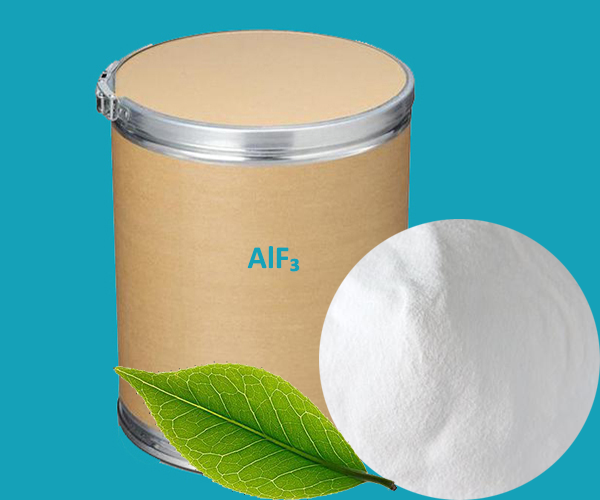Aluminum fluoride, denoted by the chemical formula AlF3, is a fascinating chemical compound with a myriad of industrial applications and significant scientific interest. As a white crystalline solid, it is widely used in industries, primarily in the production of aluminum.
Aluminum fluoride is a chemical compound made up of one aluminum ion (Al3+) and three fluoride ions (F–). The compound forms a crystalline solid at room temperature, boasting a high melting point of 1291°C and a boiling point of around 2500°C. Its high stability, low reactivity, and other properties lend it its industrial versatility.
Applications of Aluminum Fluoride
Its most notable application is in the aluminum industry. It plays a pivotal role in the Hall-Héroult process – the most common method for producing aluminum where it acts as a flux to lower the melting point of aluminum oxide.
Aluminum fluoride is also used in the production of ceramics, glasses, and electronics due to its ability to modify the refractive index of glass and its properties as a flux in ceramics.
Another industrial application is in the manufacture of fluoroaluminates which are used in the production of synthetic cryolite.
 English
English Español
Español Português
Português Français
Français Deutsch
Deutsch Русский
Русский 中文
中文 日本語
日本語
